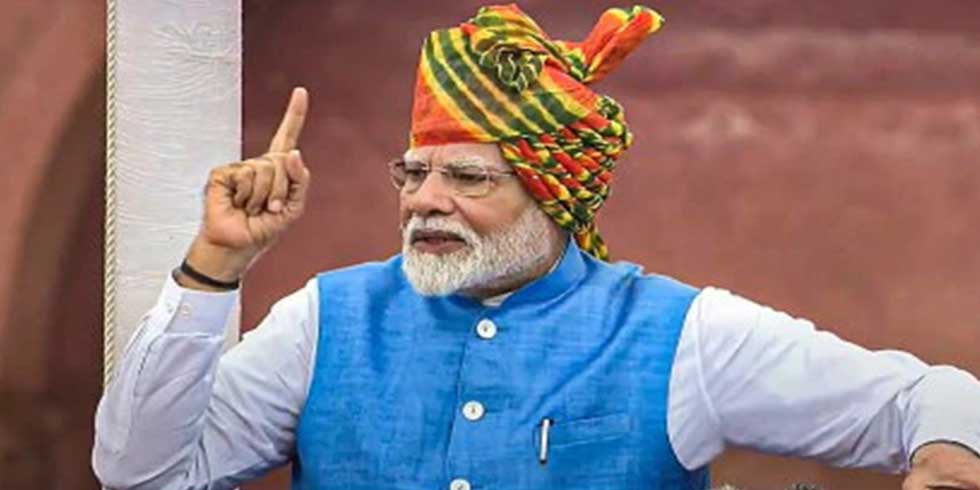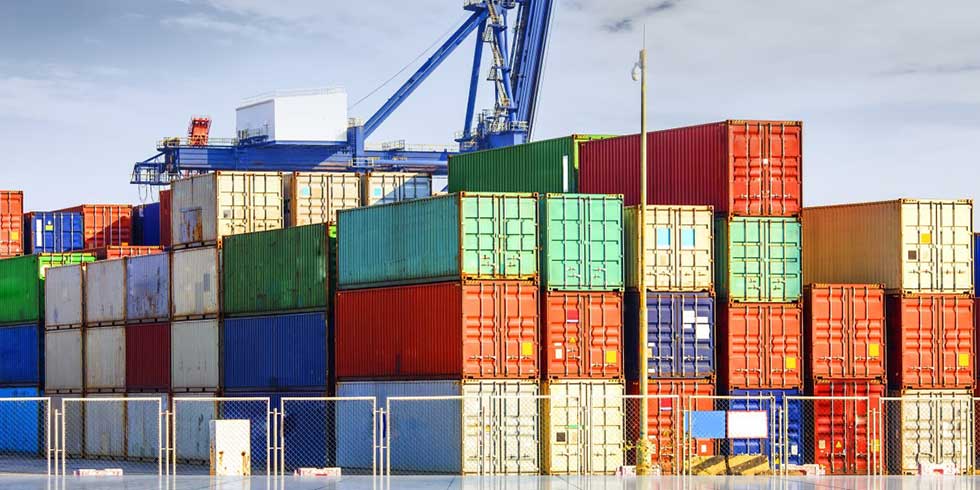The rise in disposable income and preference for high-protein diets have created a consumer base for such niche dairy products.
The India visit of the Australian trade minister in February 2022 has expedited the early harvest trade deal between both countries. An interim agreement which is expected in about a month’s time would be a major leap towards the signing of a Comprehensive Economic Cooperation Agreement (CECA) between India and Australia later this year.
In 2020, India was Australia’s 7th largest trading partner and 6th largest export destination. The two-way goods and services trade between the countries was worth US$ 24.4 billion. While India’s export basket to Australia majorly comprises petroleum products, medicines, polished diamonds, gold jewellery and apparel, Australian exports to India include coal, liquefied natural gas (LNG), alumina and gold. There is a huge demand for Australian premium alcoholic beverages and wines, health supplements, cold-pressed juices and trans-fat-free products in India.
The trade ministers of India and Australia stated in a joint press meet that the sensitivities of both countries will be ‘accommodated and respected’. It is likely that Australia will not seek market access for dairy, beef and wheat which are sensitive sectors for India. Earlier this year, the Commerce Ministry of India had indicated that the interim agreement would focus on labour-oriented sectors like textiles, pharmaceuticals, footwear, leather products and agricultural products, and ruled out the inclusion of dairy and agriculture items.
This statement underpins India’s commitment to protecting its agriculture and dairy sectors, which was one of the reasons for its exit from the Regional Comprehensive Economic Partnership (RCEP) negotiations, back in 2019. Indian dairy farmers, cooperative societies, and trade unions have taken a strong stance against the opening of sensitive sectors such as dairy and agriculture to the Australian giants.
The Indian dairy industry is the largest globally with milk production of 198.4 million tonnes in 2019-20. It provides livelihood to a large number of people and is dominated by milk cooperatives and small and medium-size dairy farmers, who face challenges towards achieving economies of scale in their operations. Dairy is not considered a separate enterprise in most rural households. Instead, it is well integrated with the farming system. Dairy not only supplements the agricultural incomes of farmers, but also provides a regular income and helps them overcome financial crisis during the off-season and thus, a valuable asset.
Approximately 35 percent of the dairy sector is organised in India with more and more private companies investing in developing an efficient milk procurement network, and marketing liquid milk and value-added products. The National Dairy Development Board projects a demand for milk and milk products at a pan-India level to reach 266.5 million metric tonnes in 2030.








Add Comment